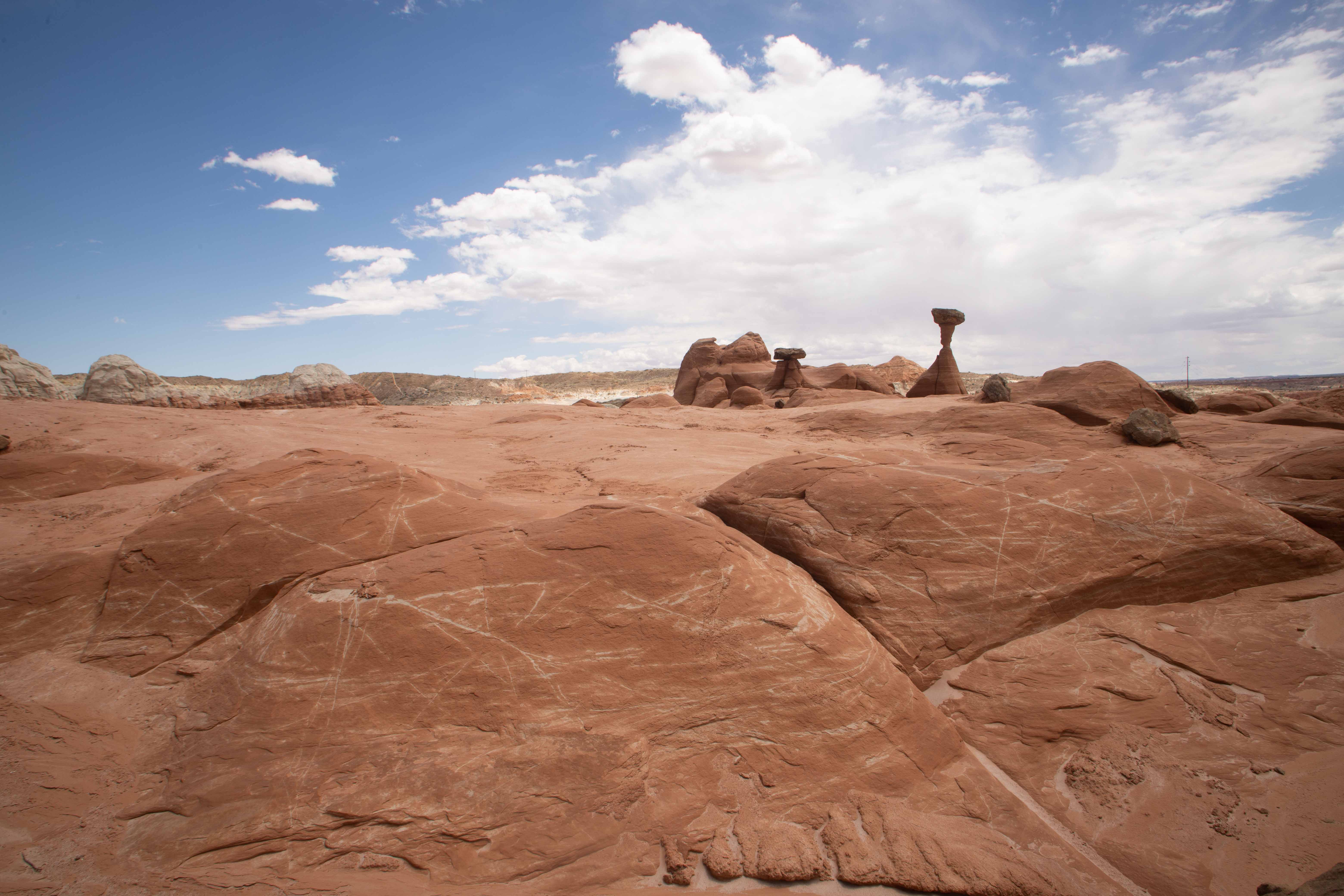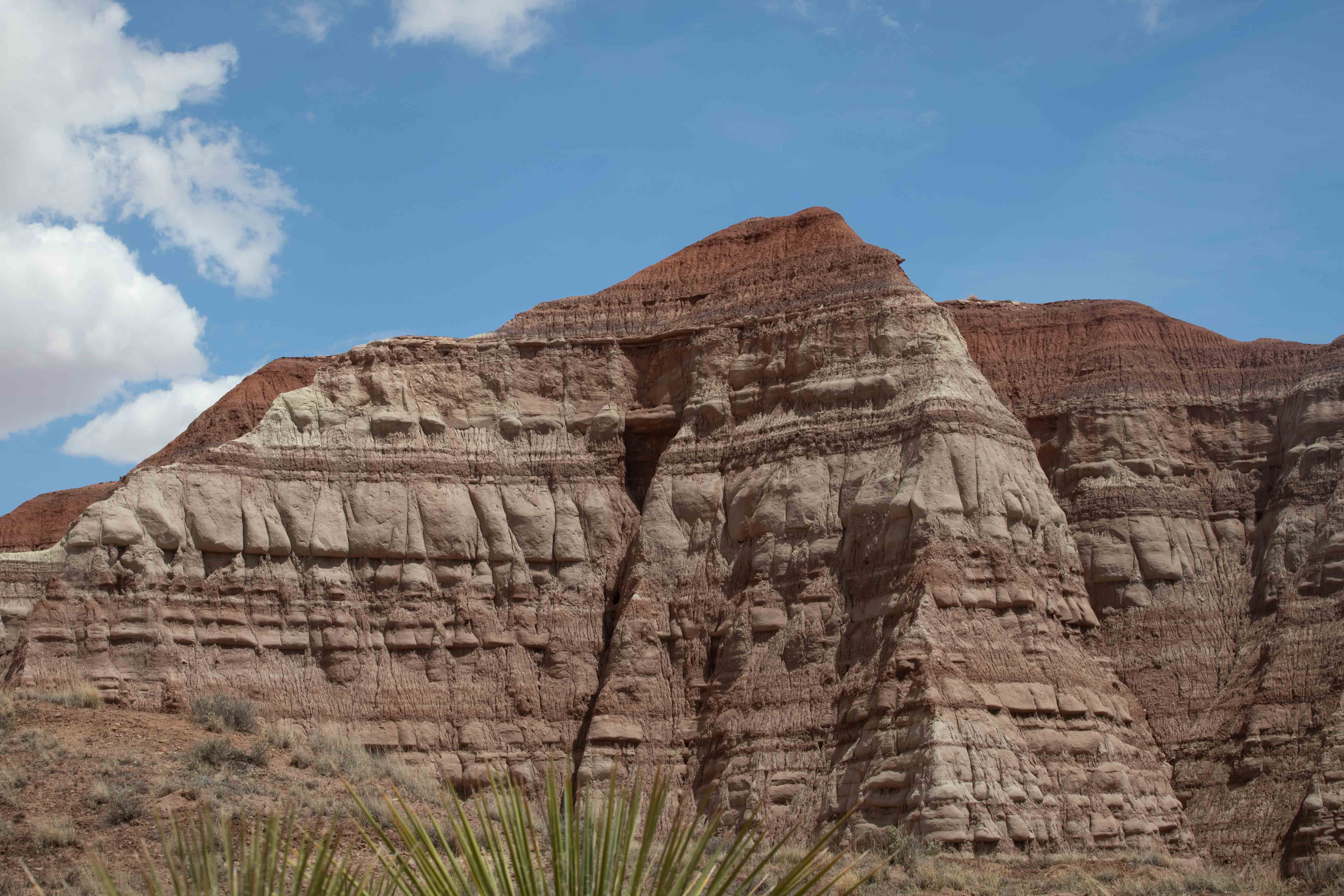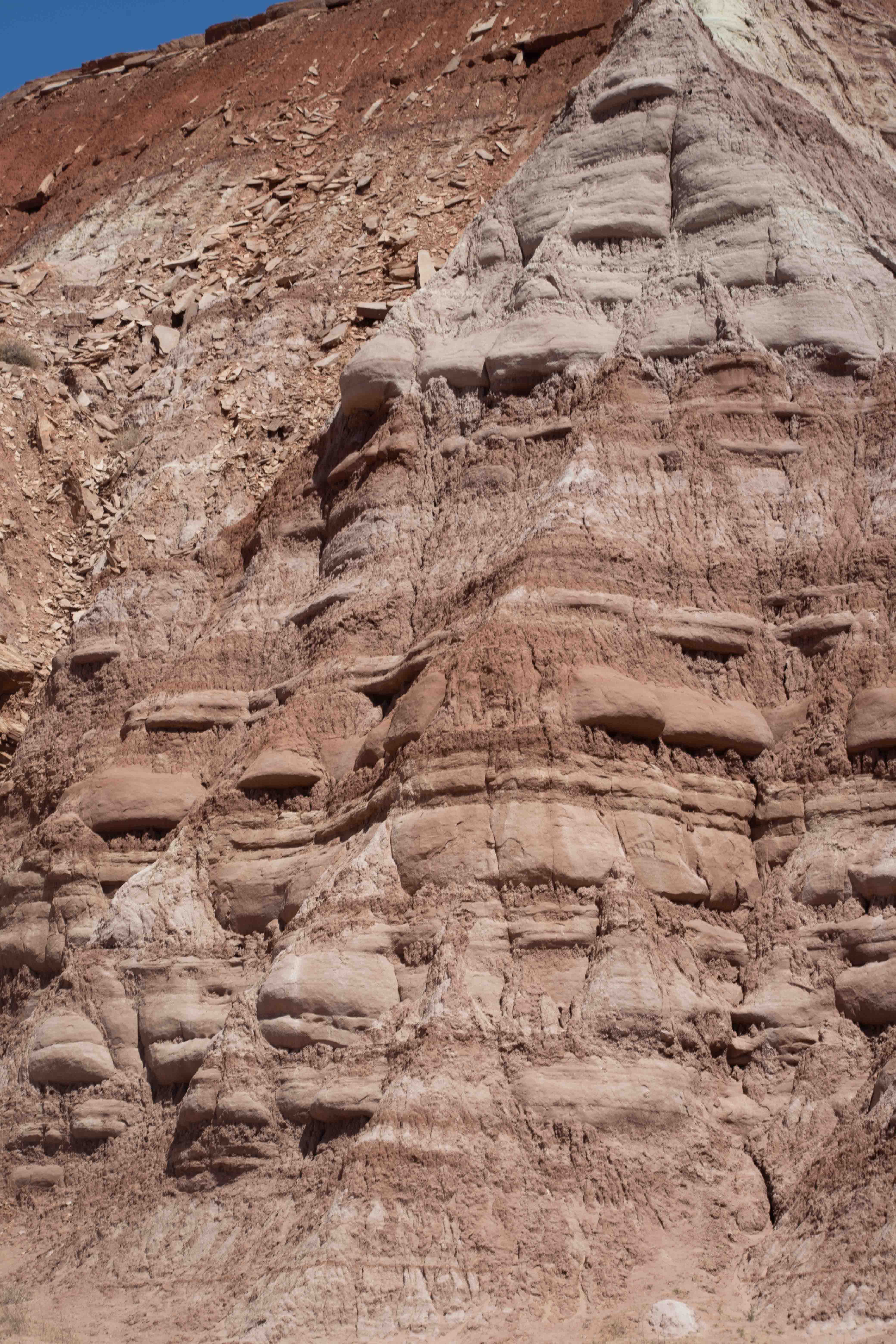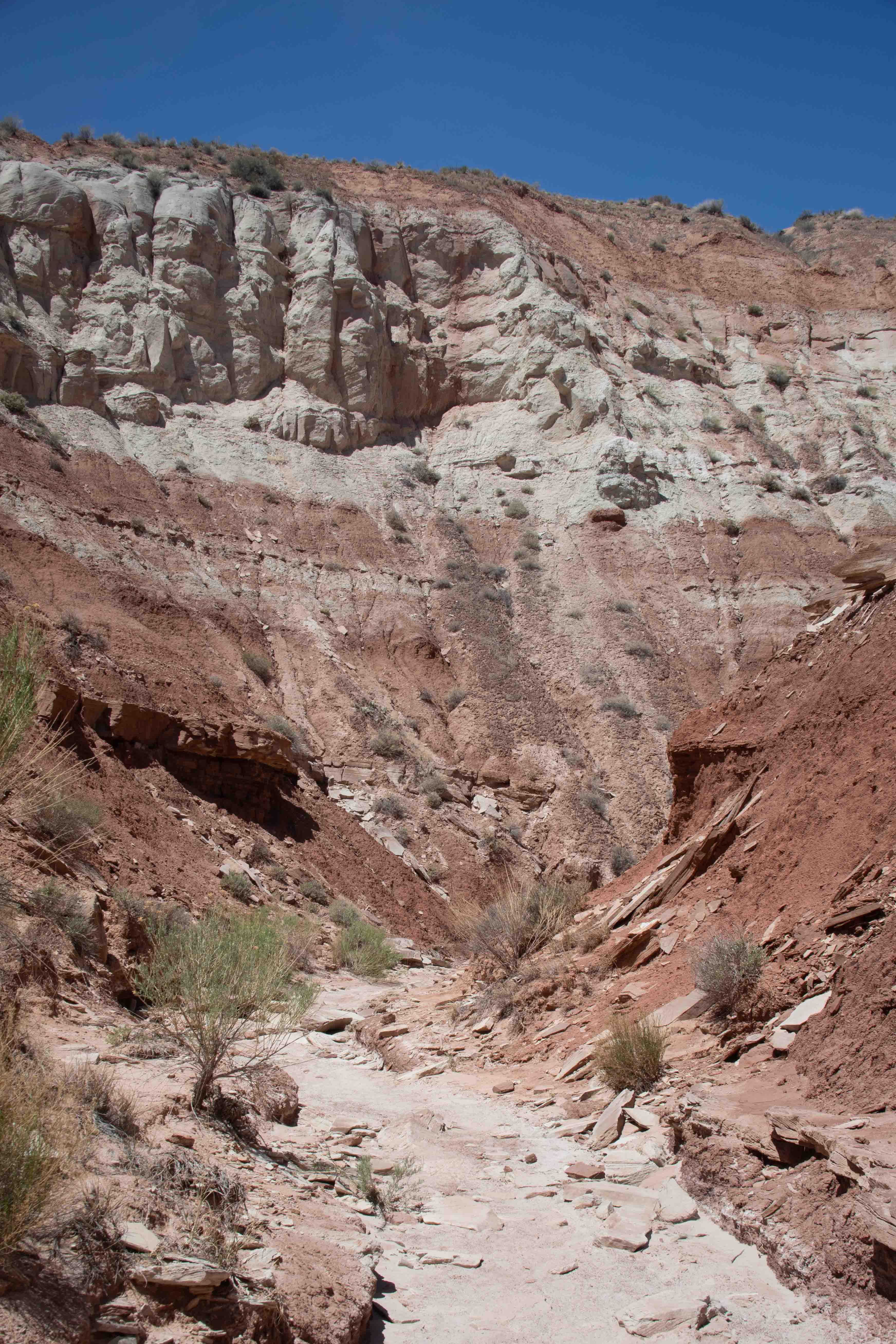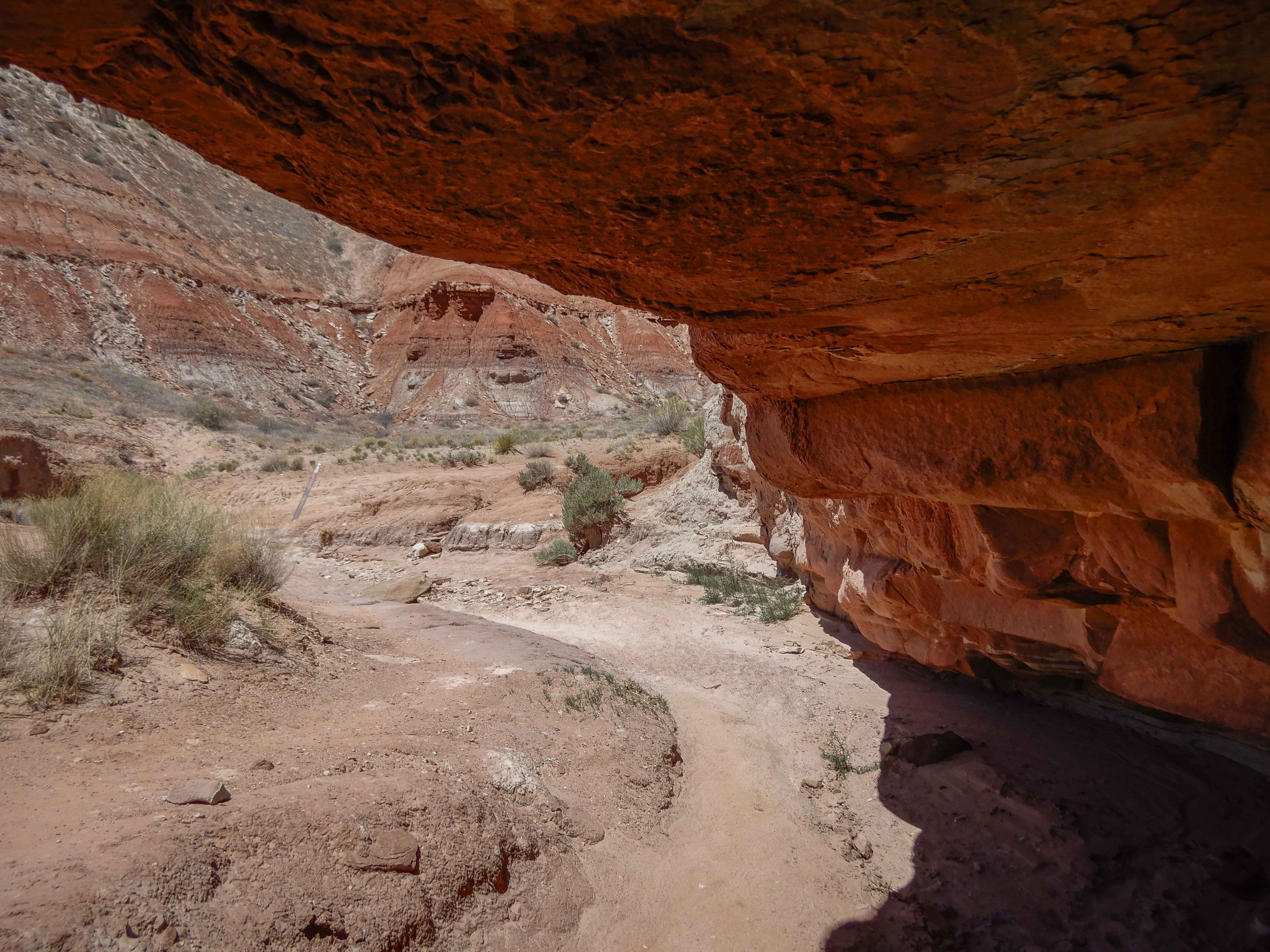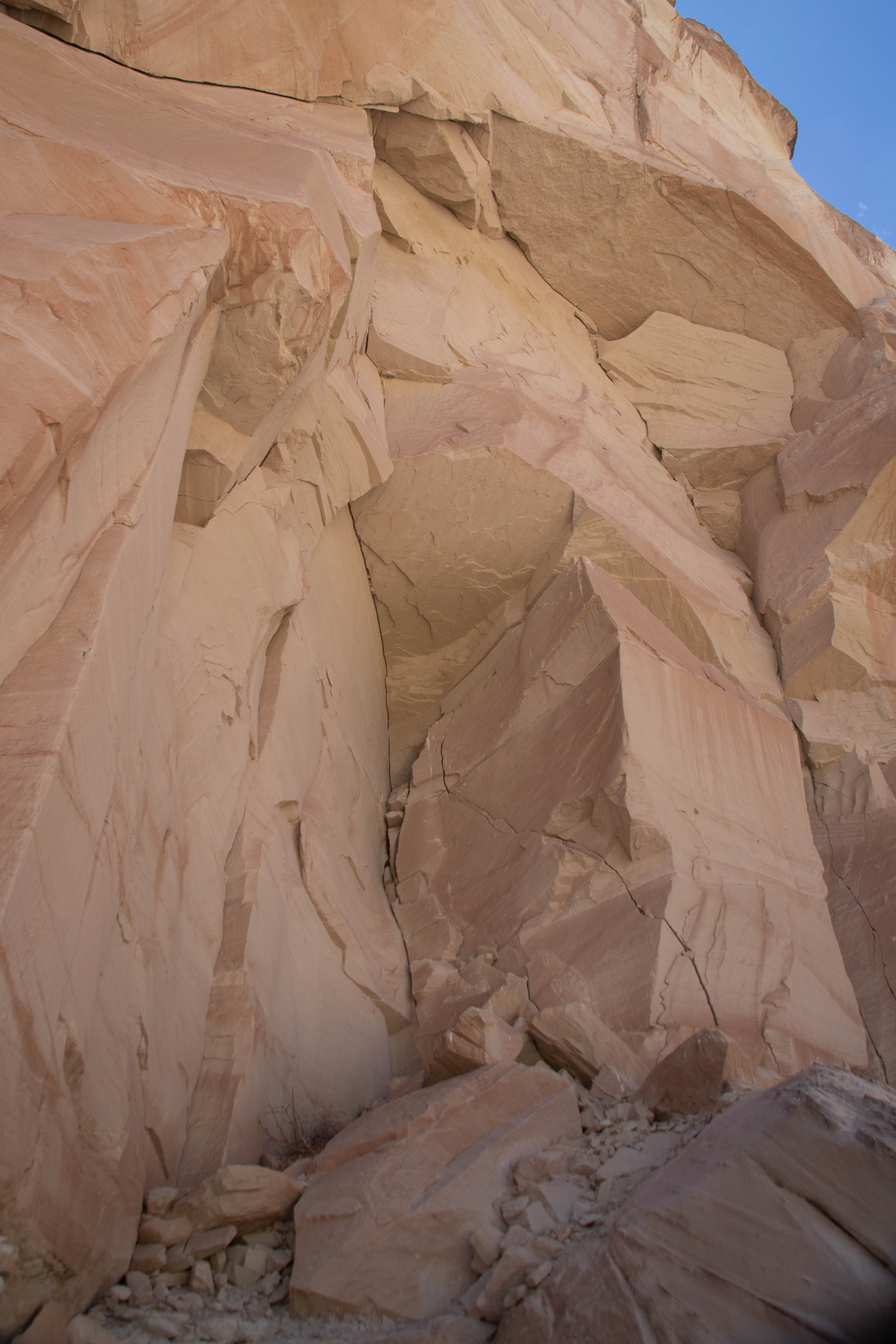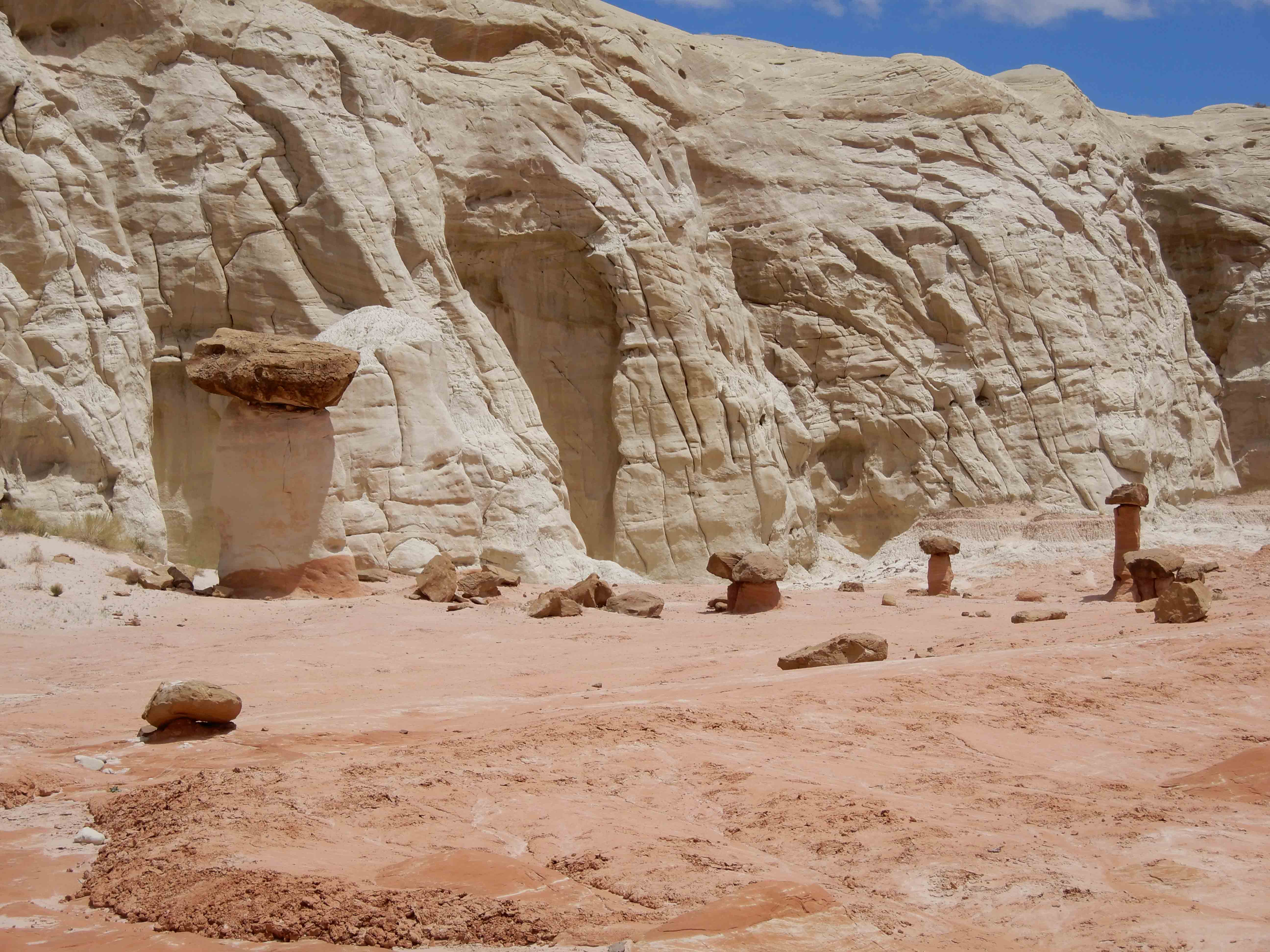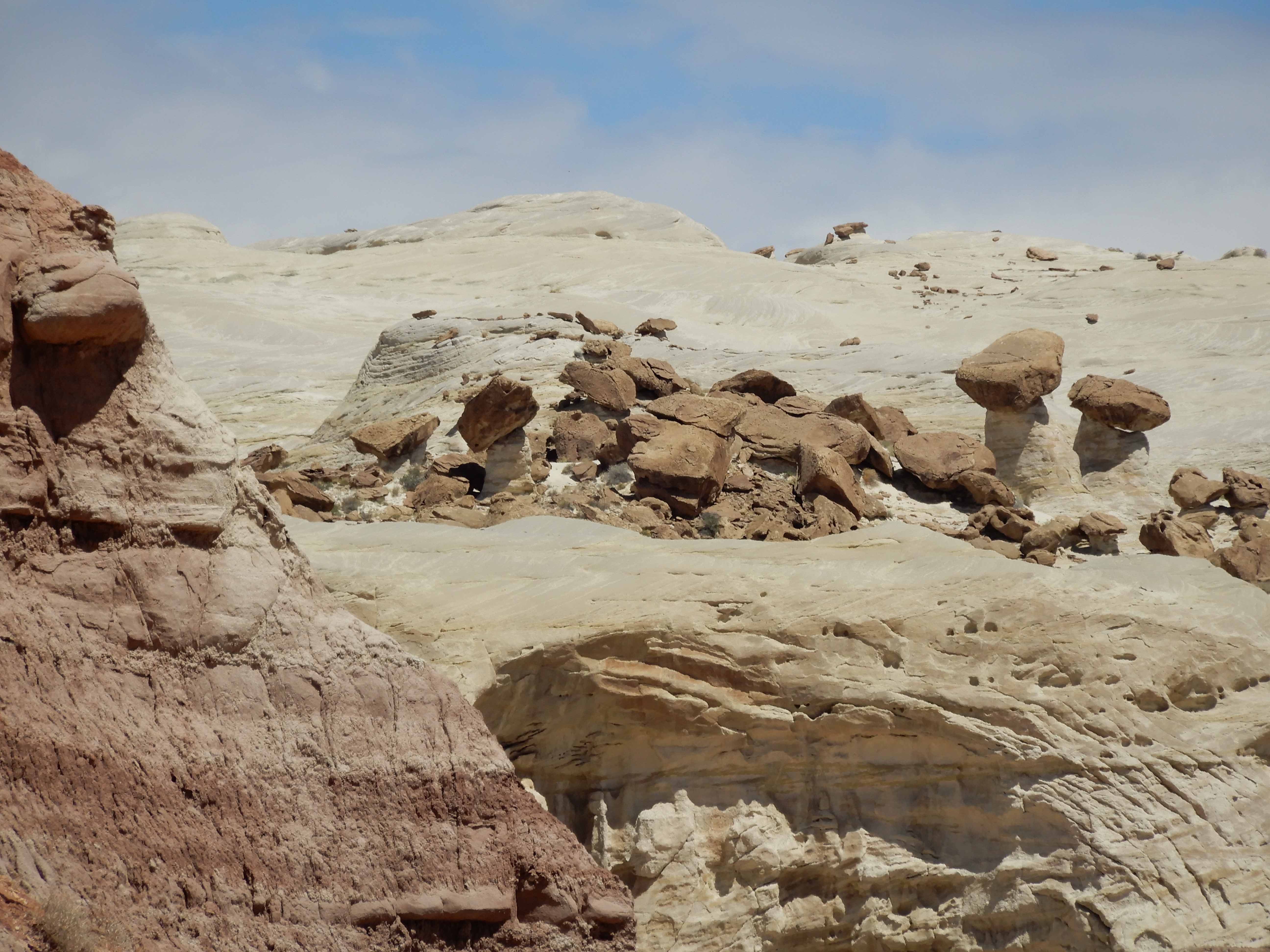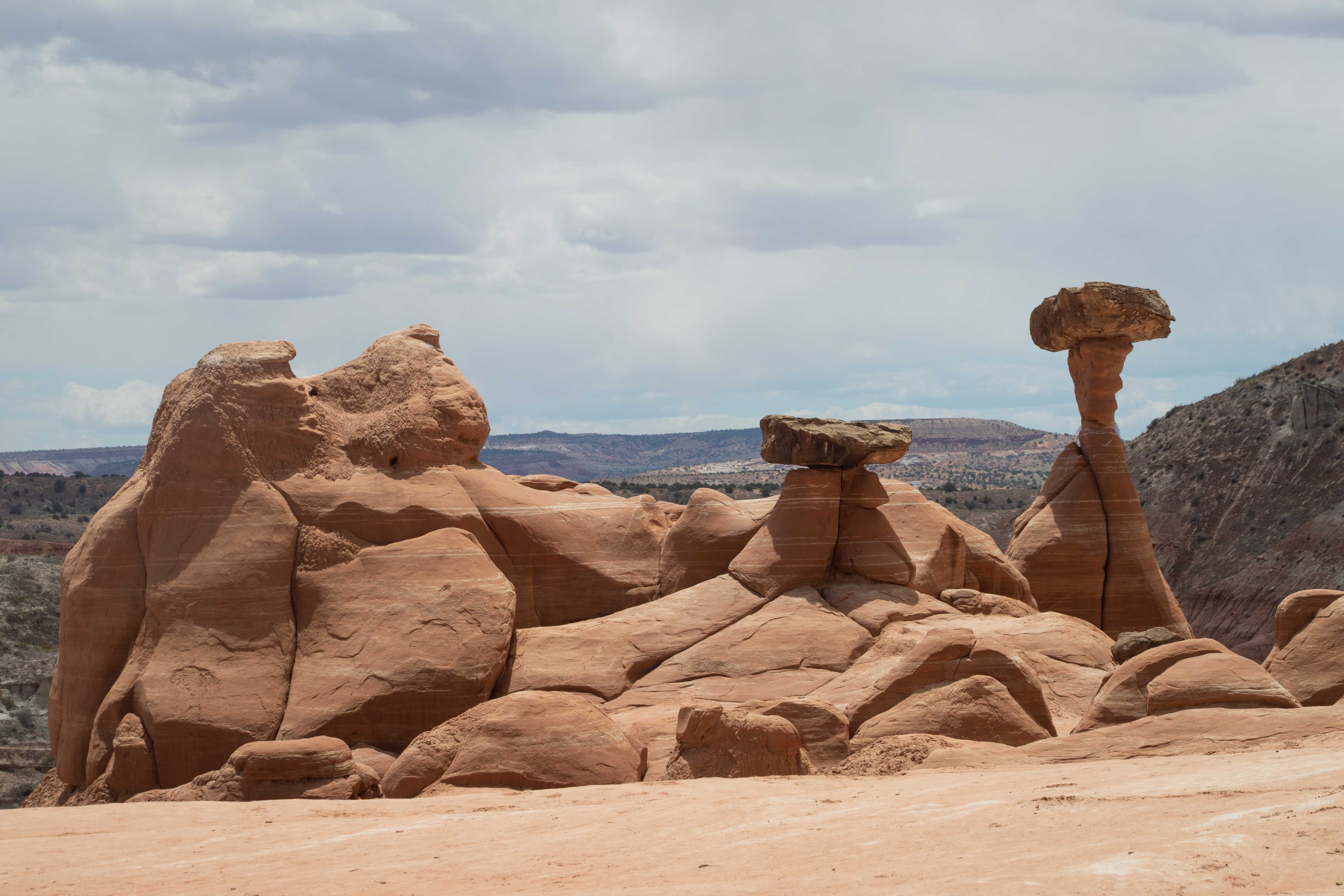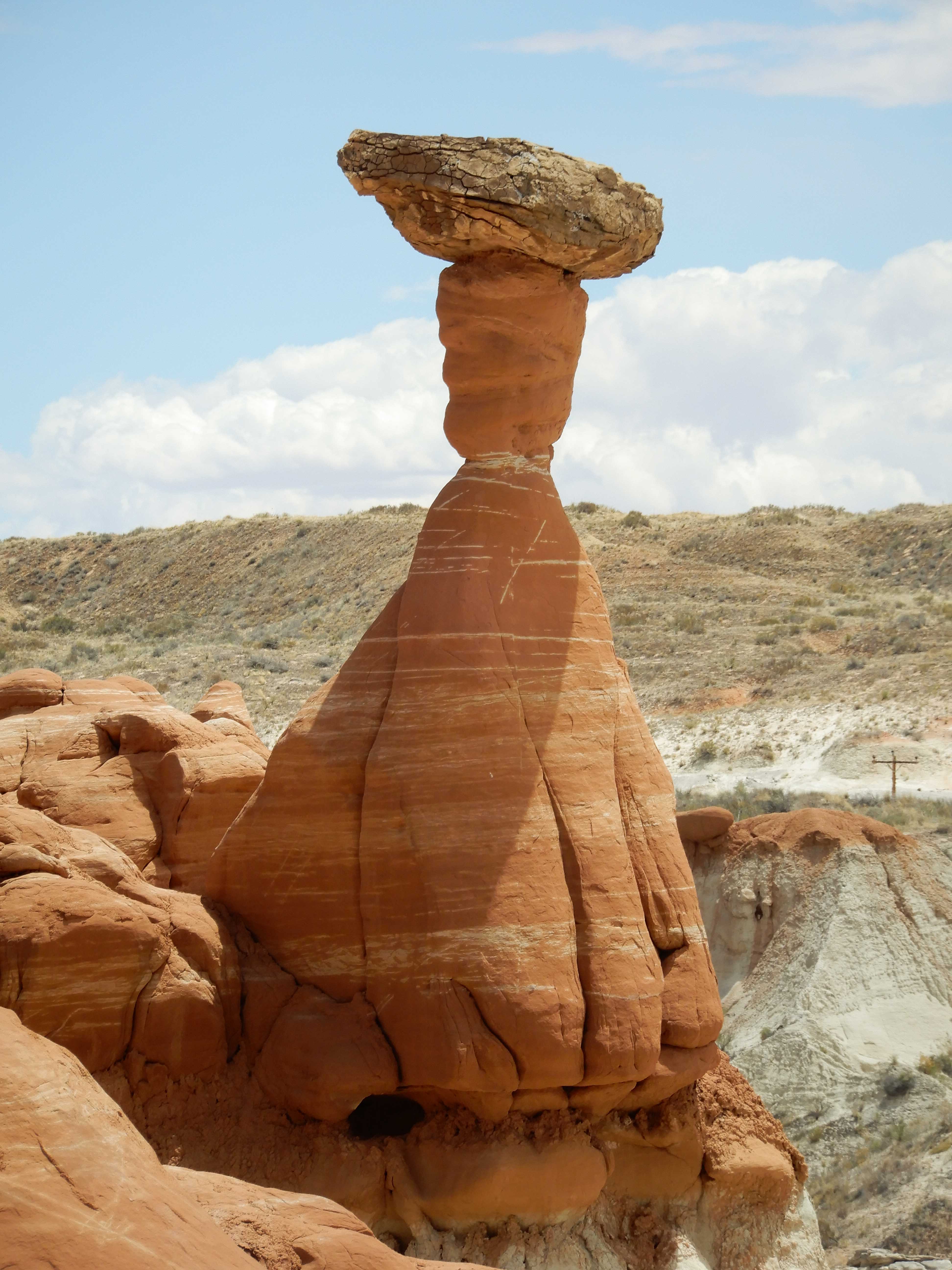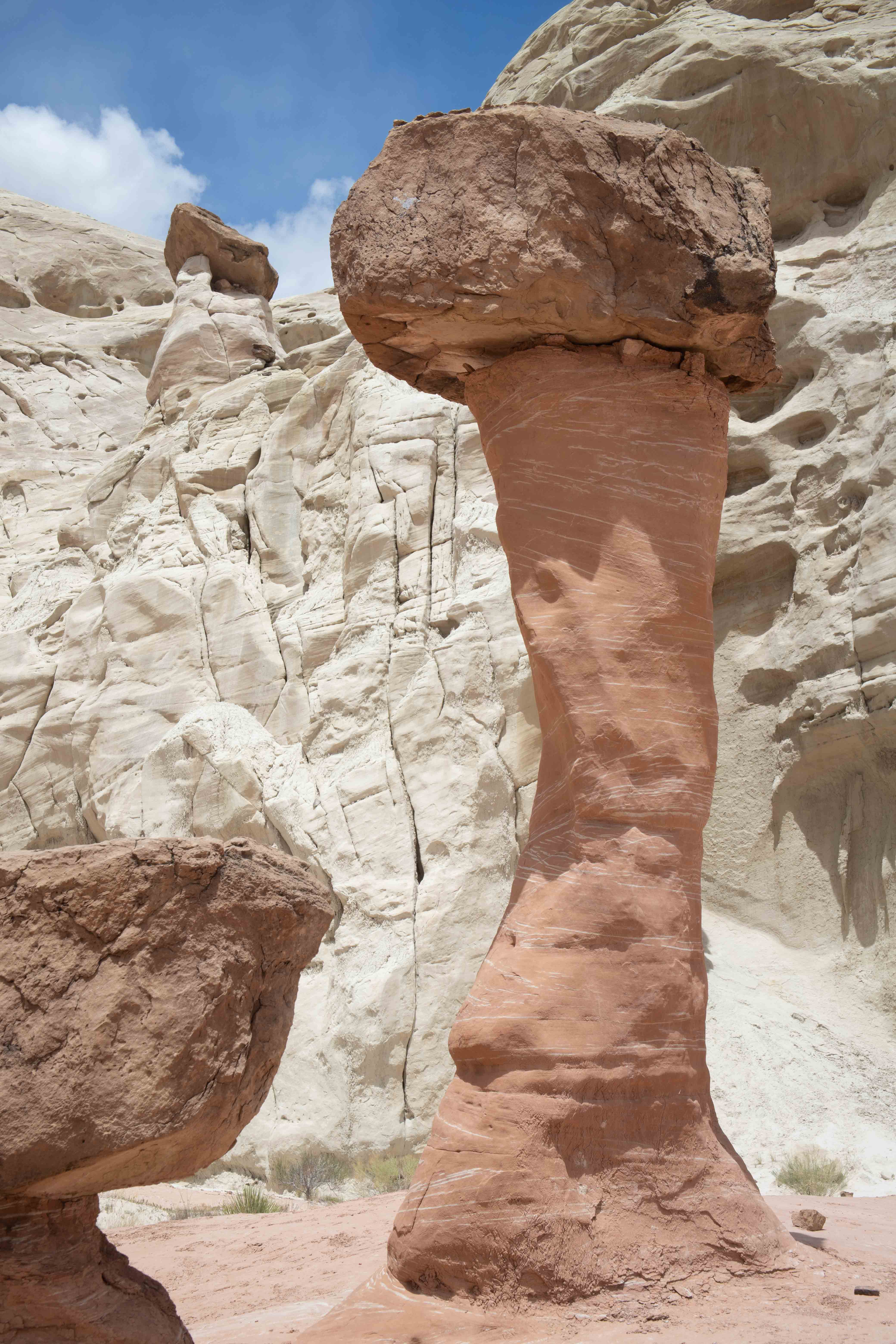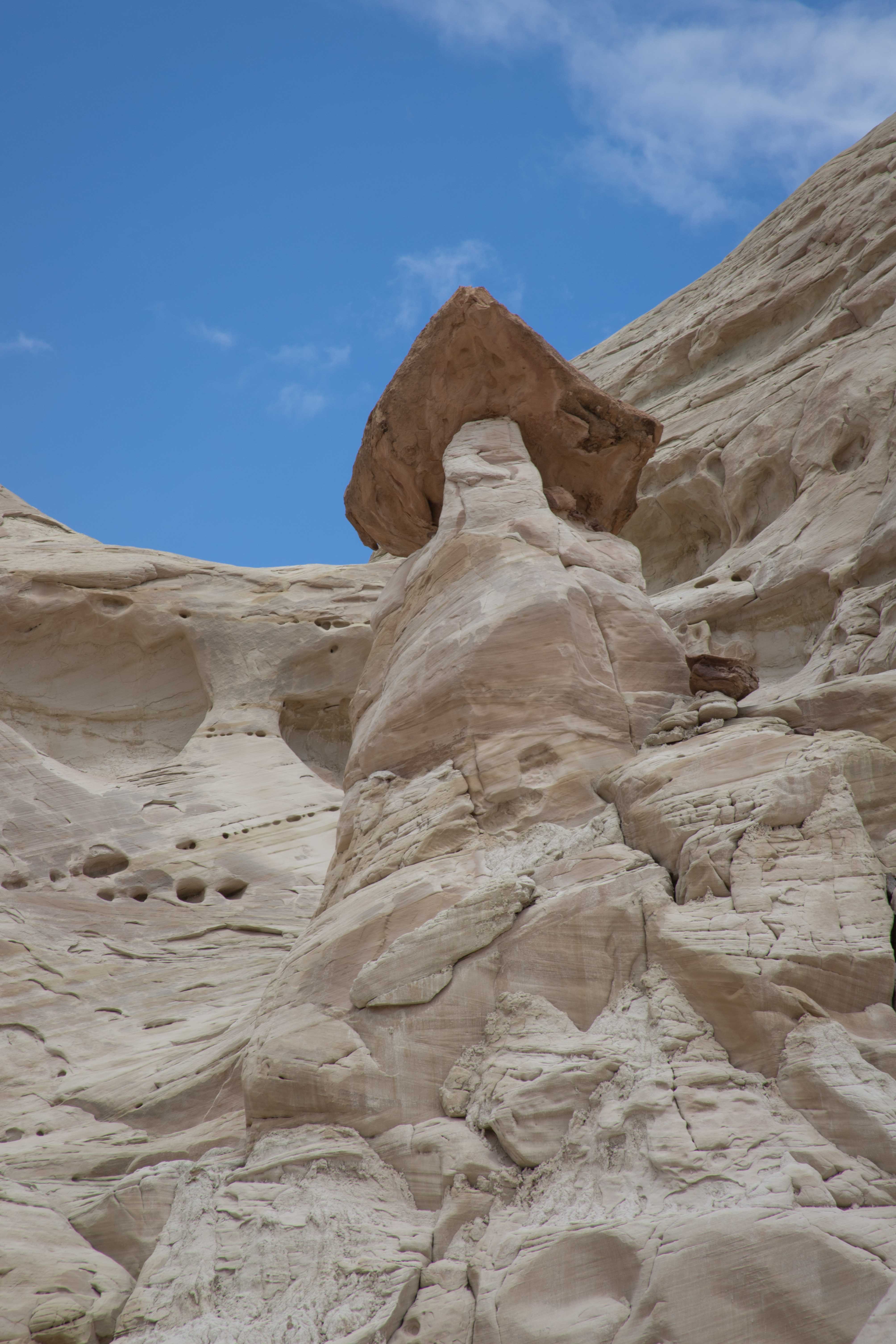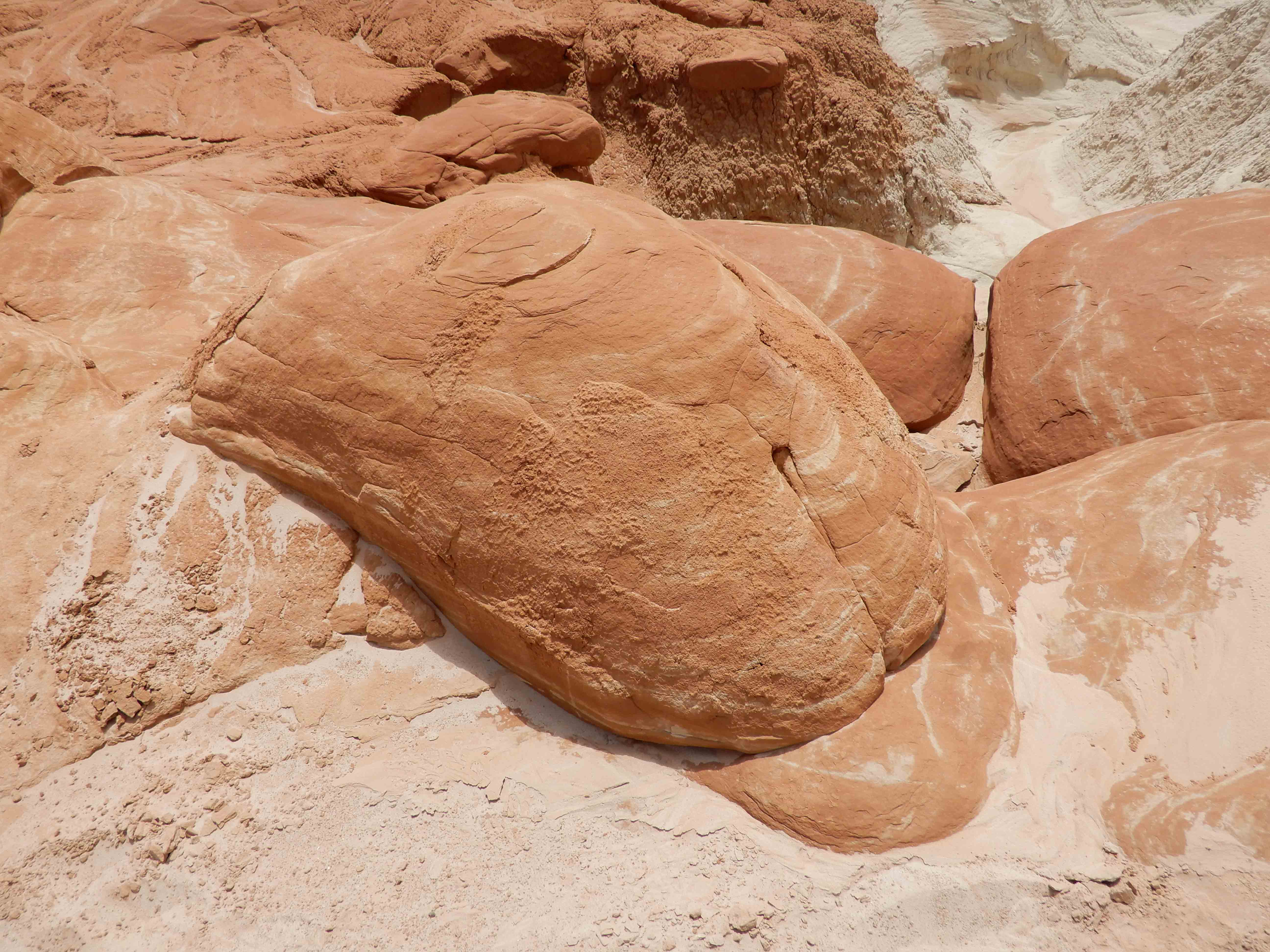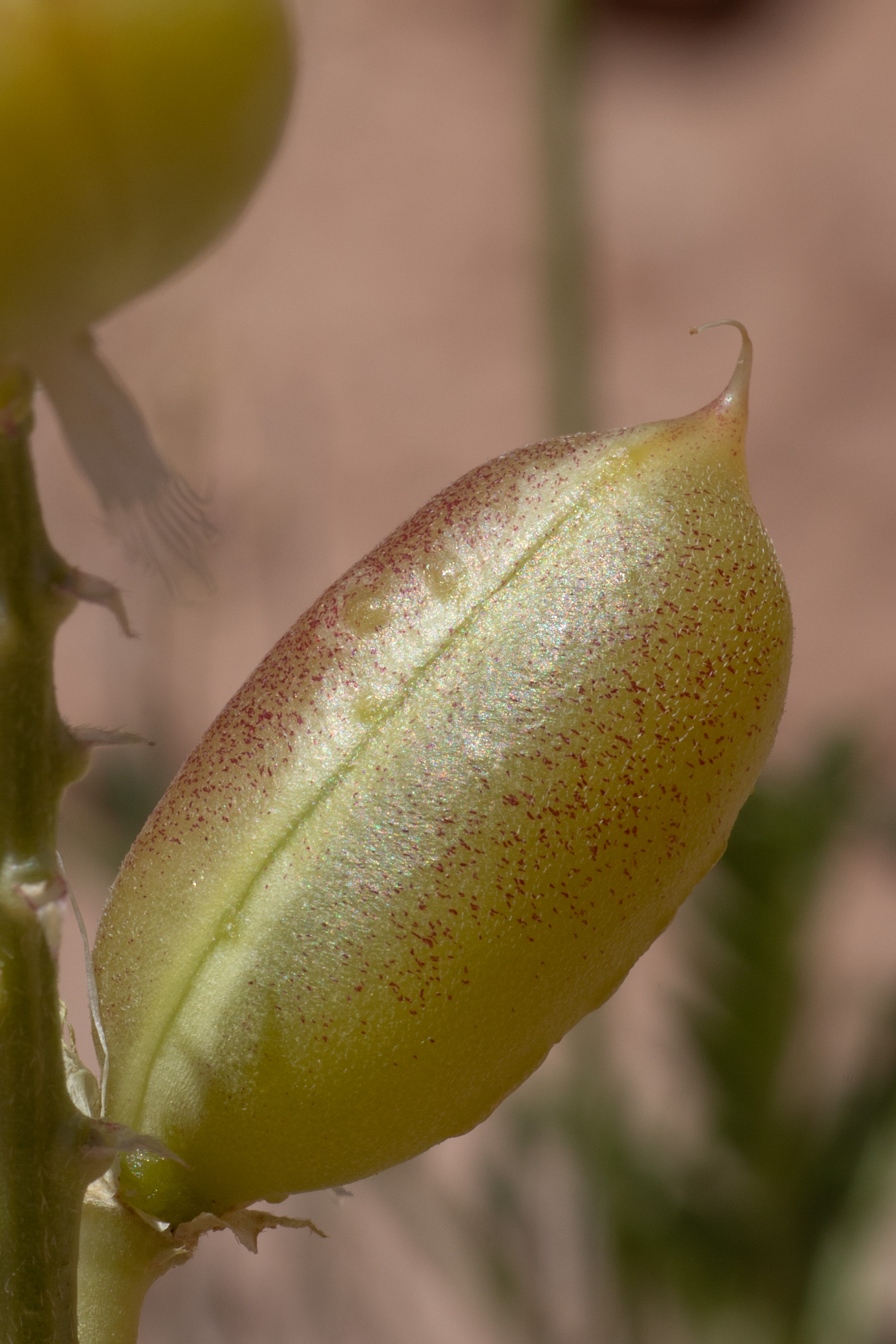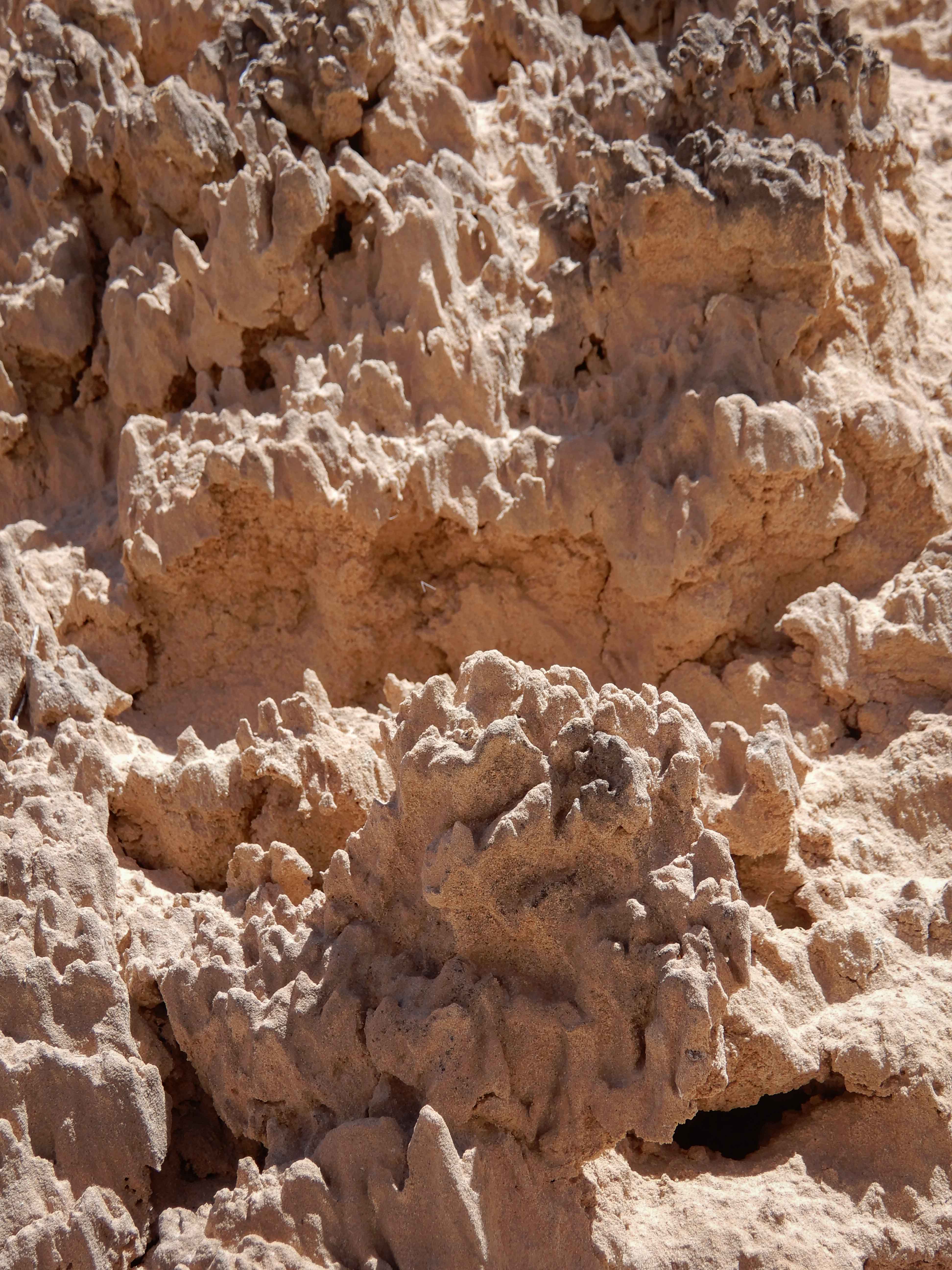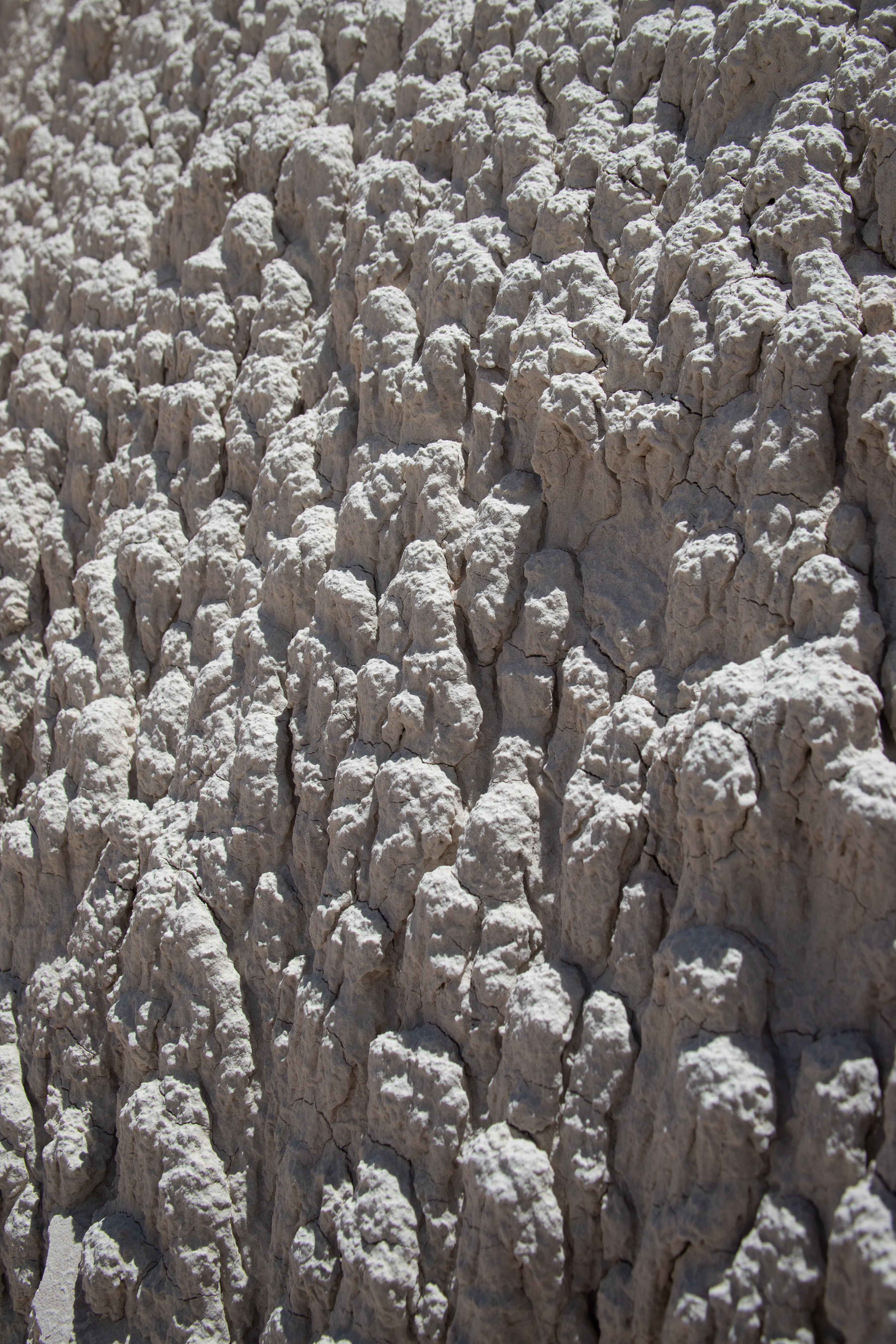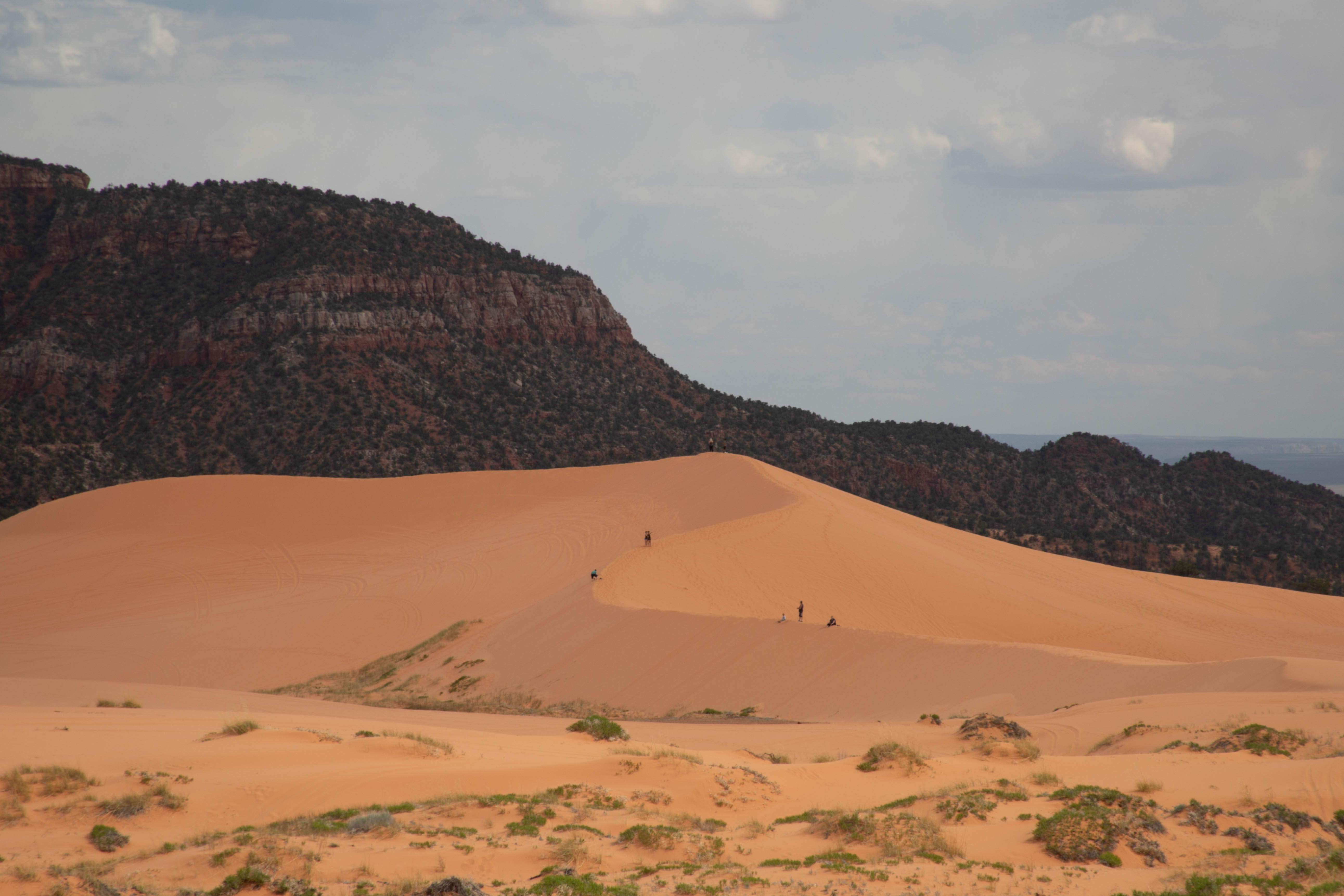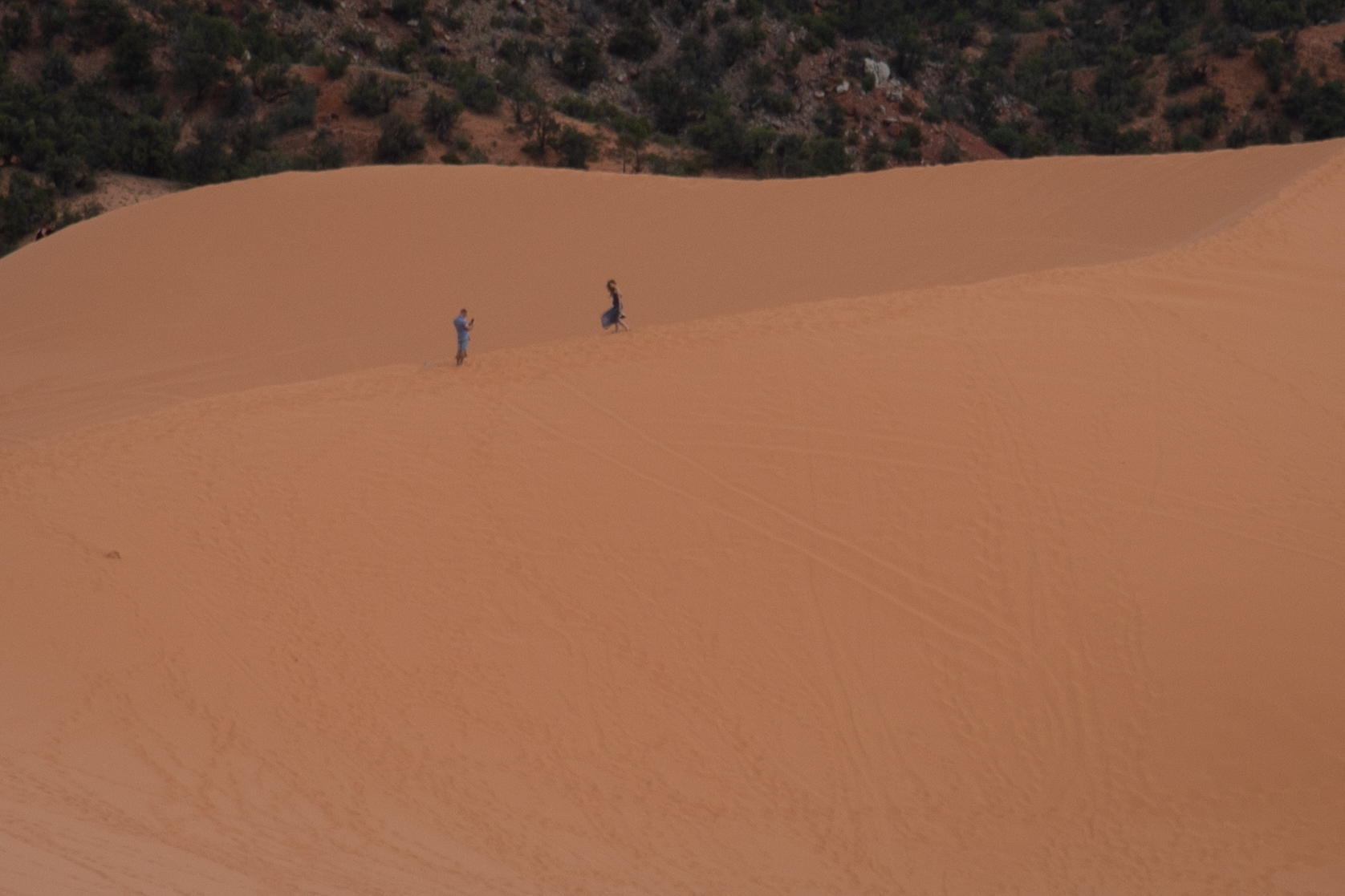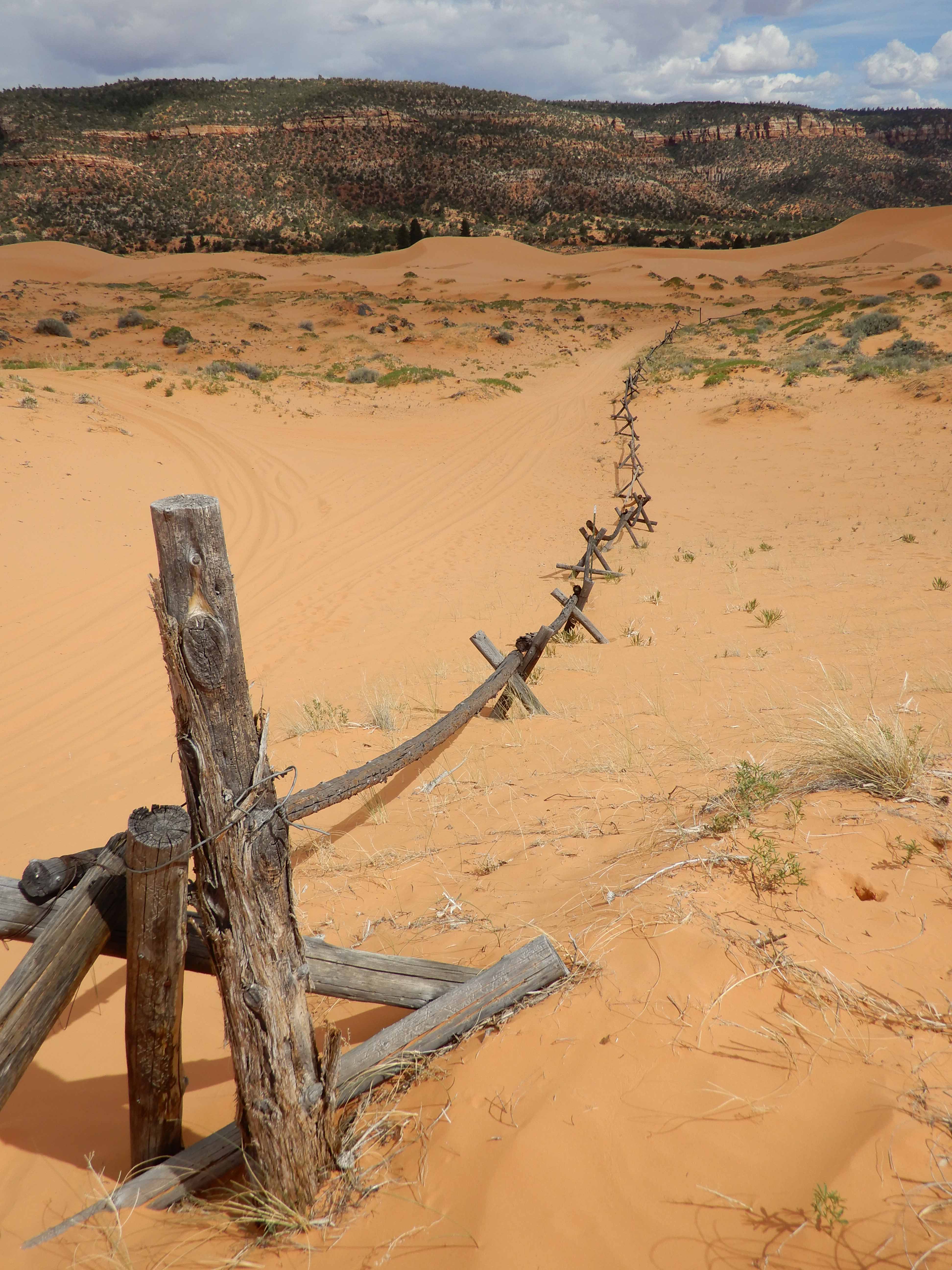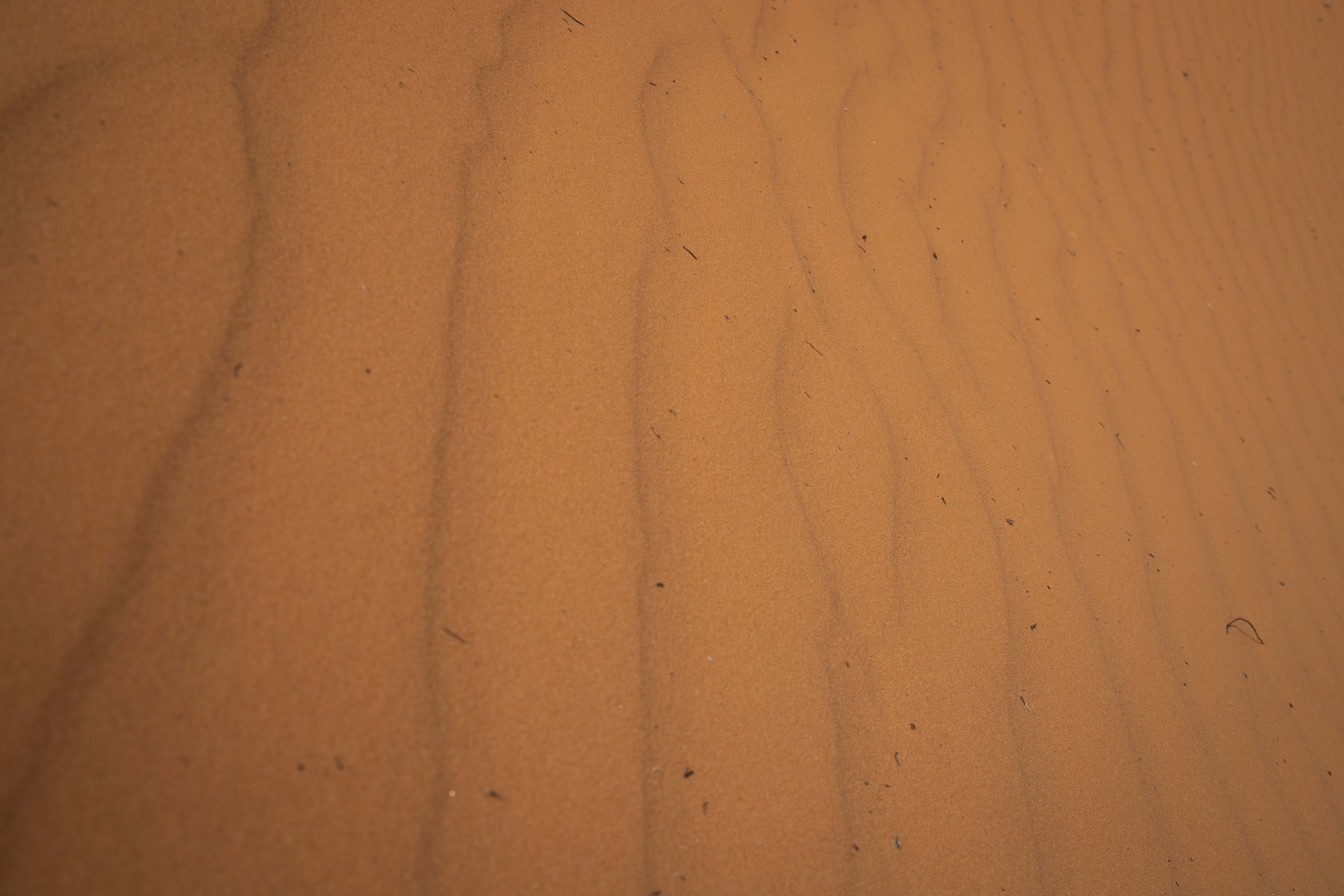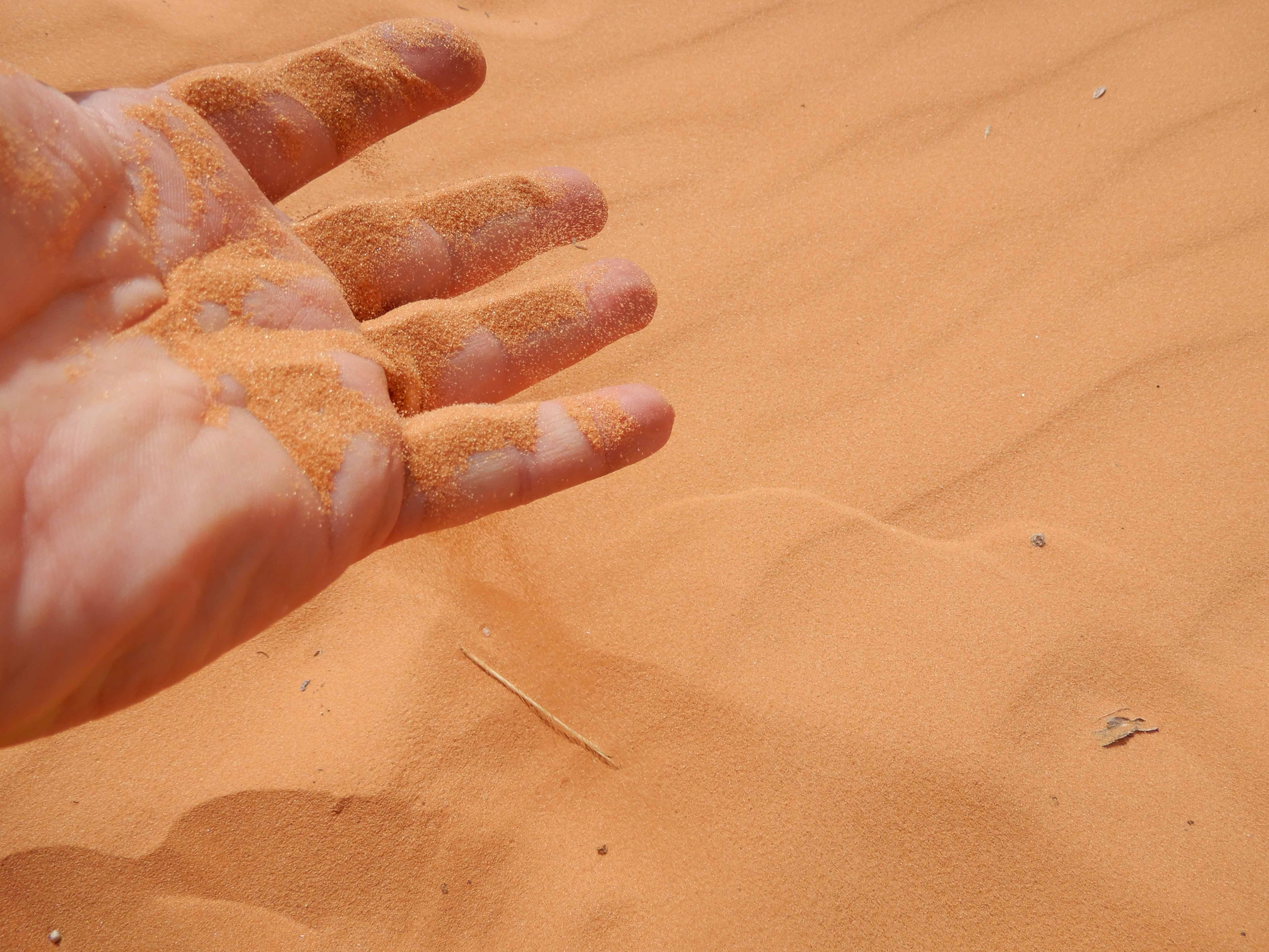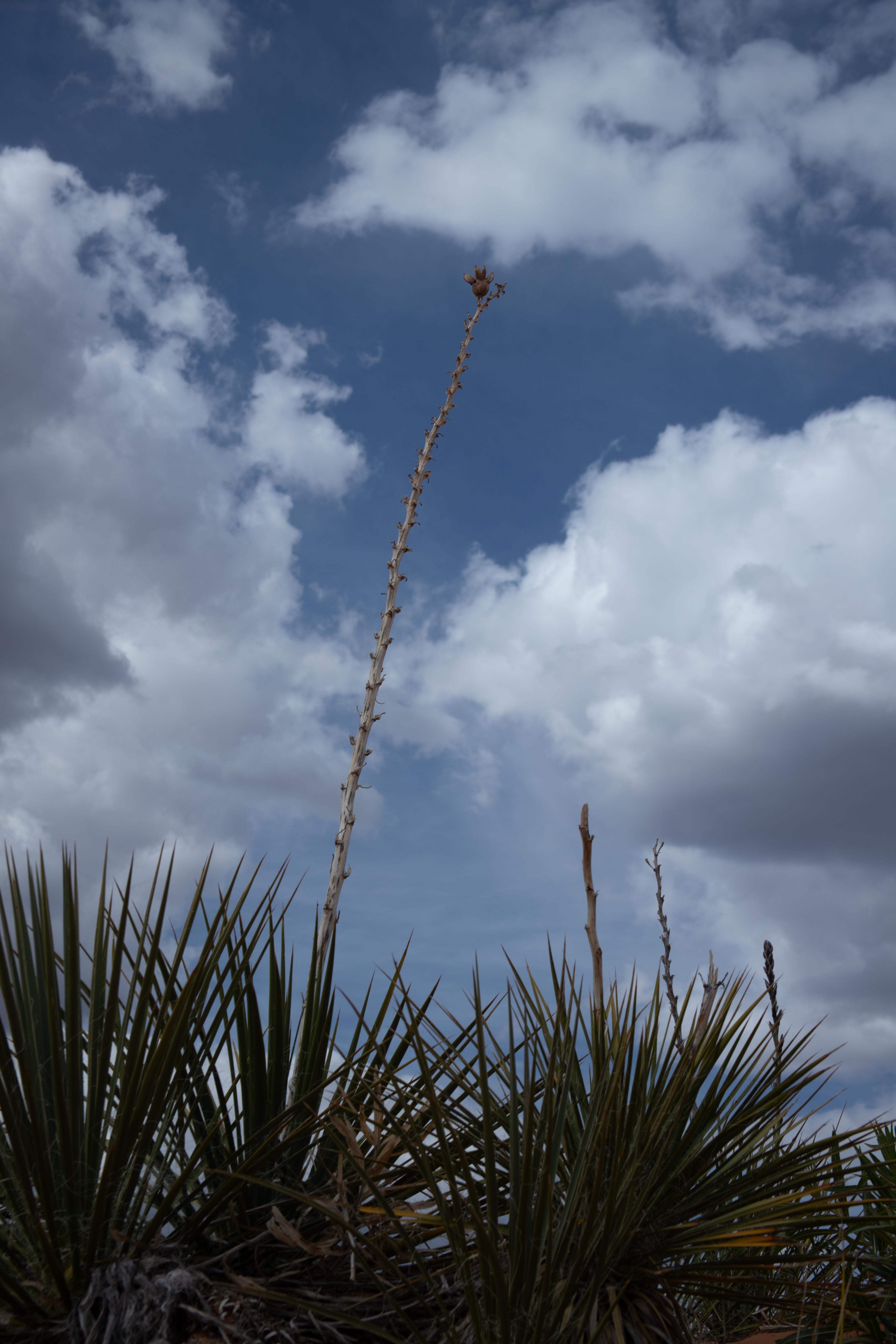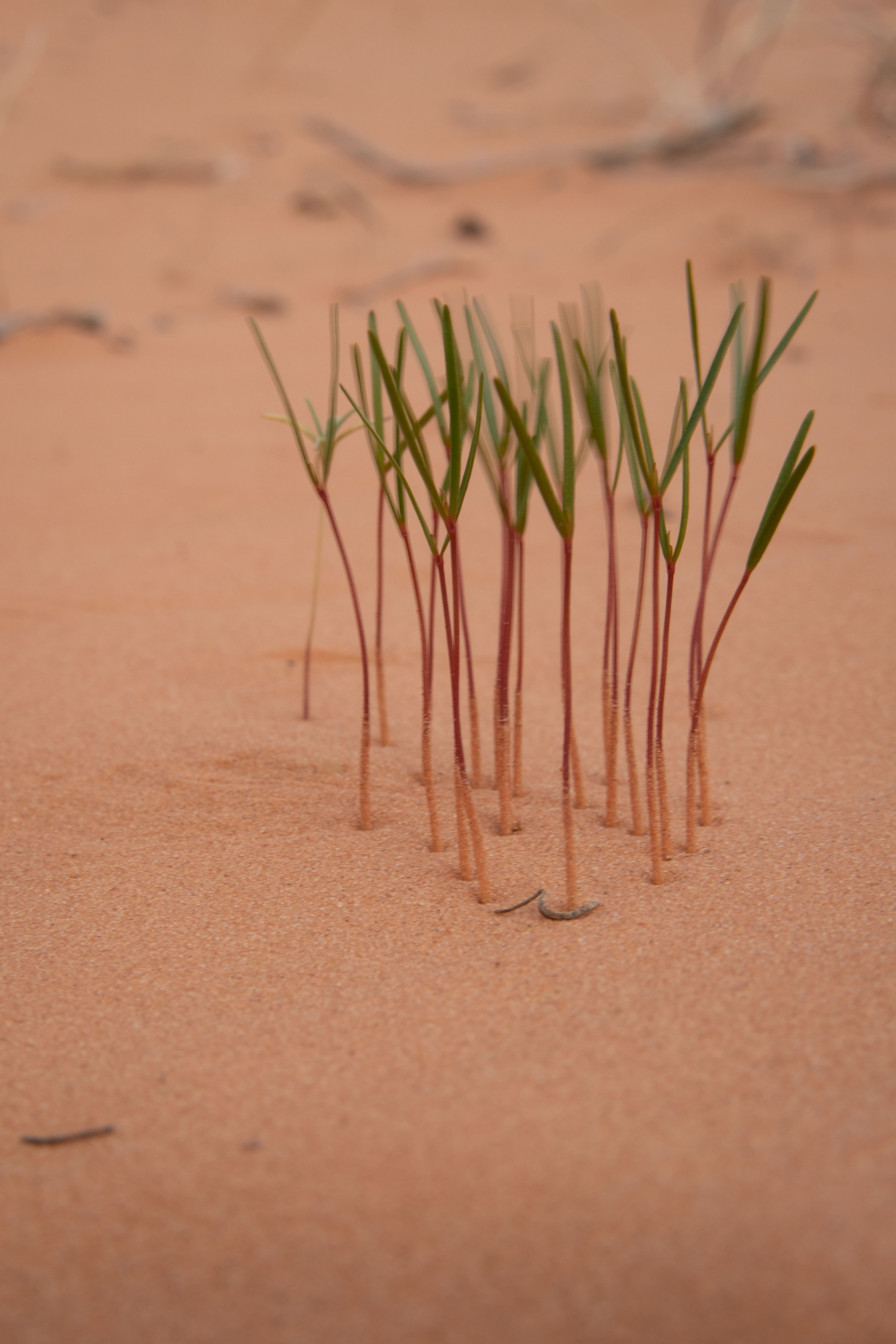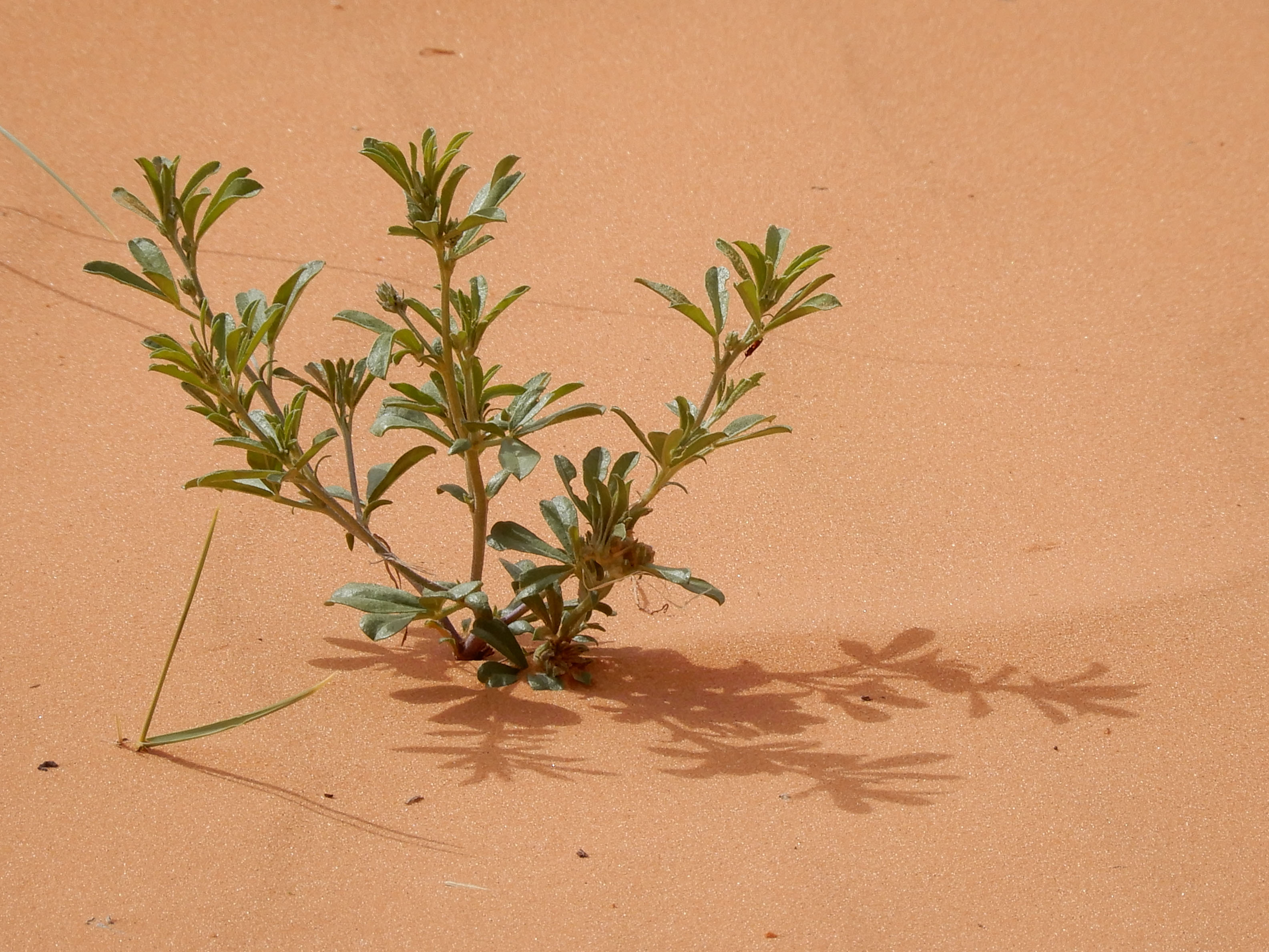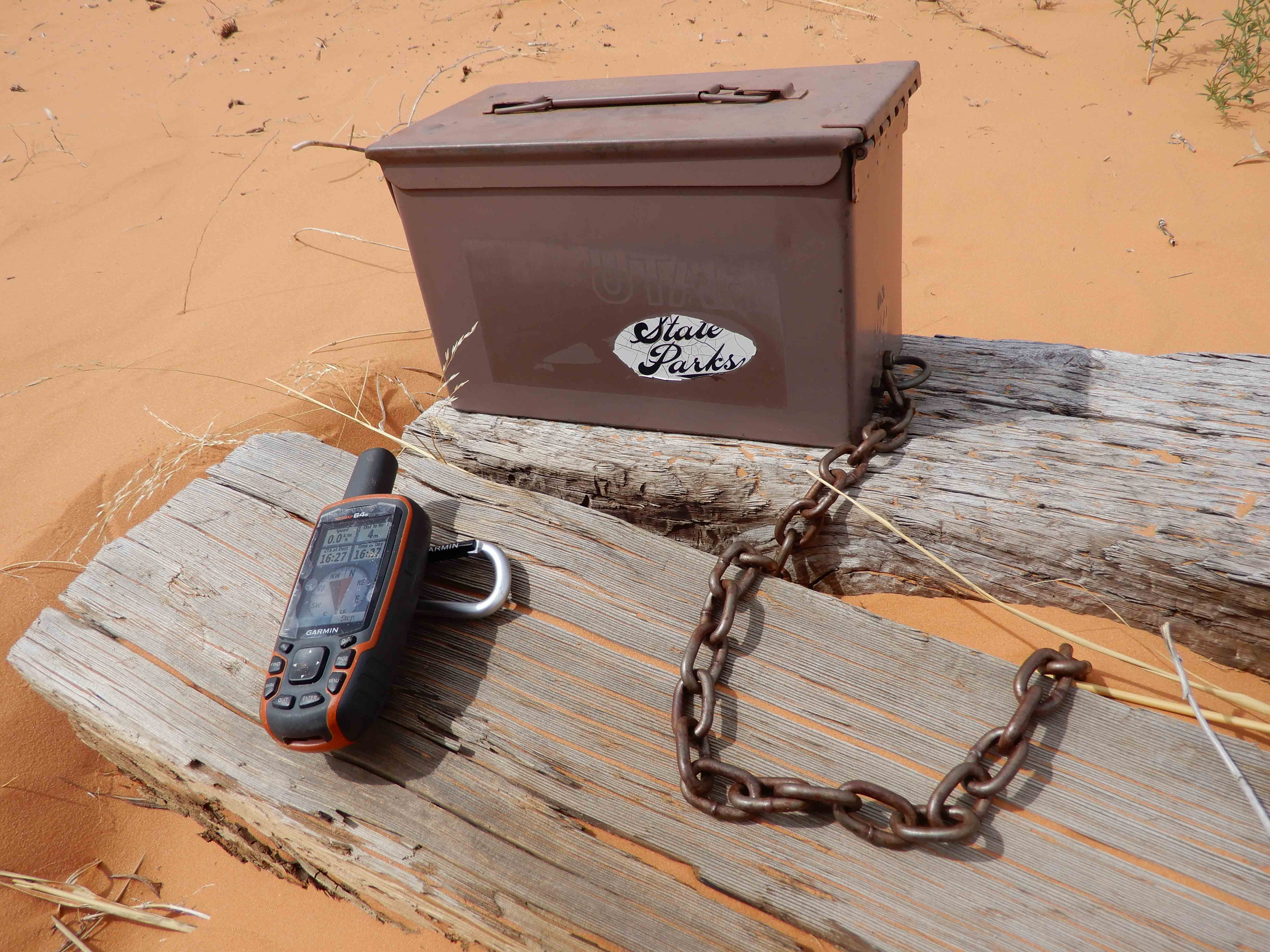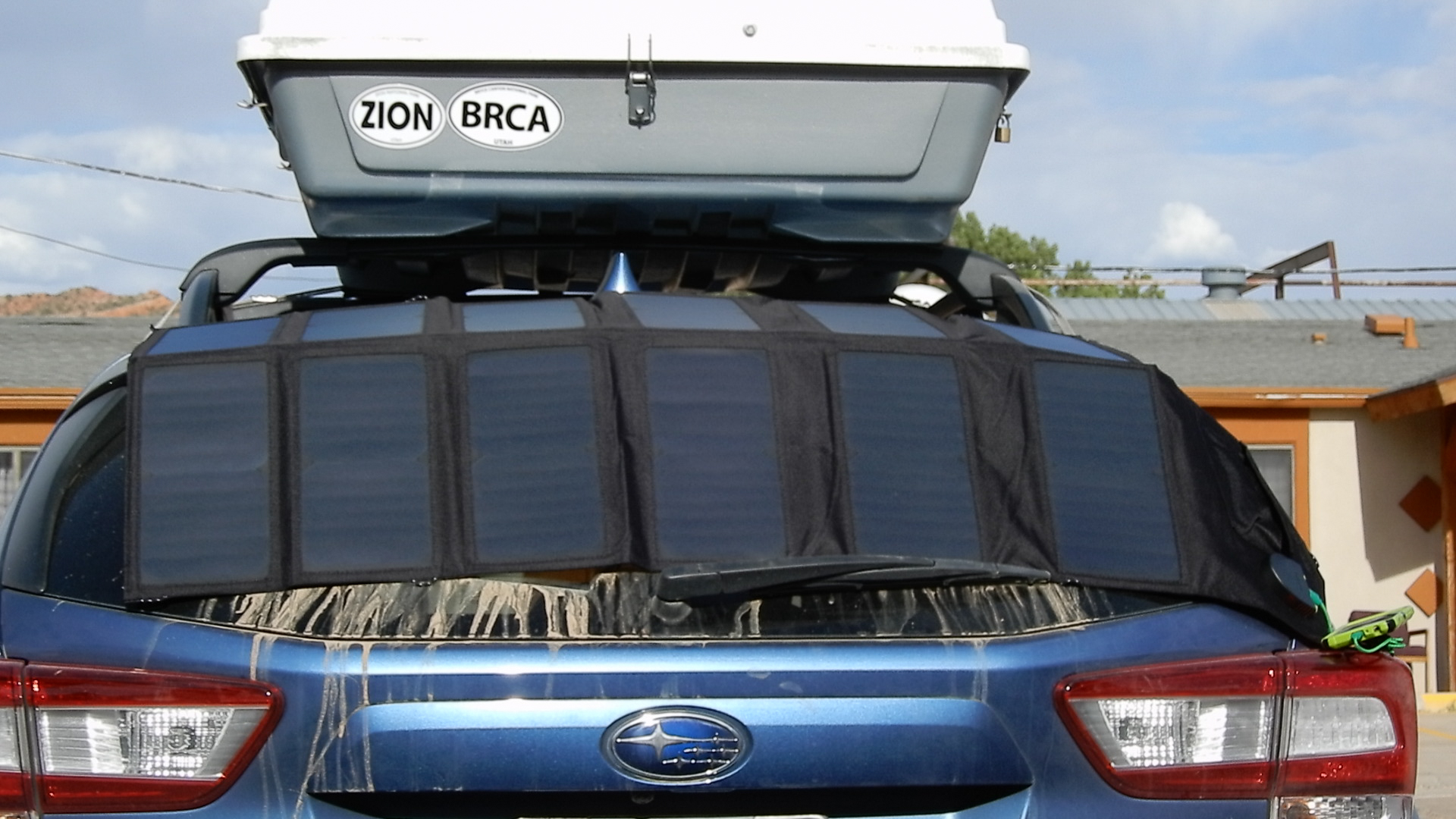Grand Staircase-Escalante National Monument--Toadstools and Coral Pink Sand Dunes State Park
19 May, 2018
The Toadstools
The Toadstools.
The Toadstools are geologically fun features that are at the very end of Cottonwood Road where it meets US 89. Thus, it is accessible in an ordinary passenger car. It's even accessible to bus tours, as we unfortunately discovered.
Dramatic hillsides greeted us right at the parking lot.
This reminded me of a large array of noses.
The trail wound right through these beautiful layers of differently colored rock. Seems a little rough for a bus tour, right?
Eric took a picture of the trail from under an overhang.
Another cutout in the rock similar to the intersection of bedding plates that we saw the previous day in Hackberry Canyon.
We hiked up to the plain where the actual Toadstools were located. Photo by Eric.
Eric photographed the Toadstools.
My view of the Toadstools.
Eric took a picture of one of the larger Toadstools.
The Toadstools were fascinating. These features are a sort of hoodoo, caused by wind and water erosion. What gives them their distinct mushroom shape, with a thinner leg topped by a larger head, is that sturdier layers of rock were deposited on top of more easily eroded rock. The layer that forms the leg, or stem, eroded more, while more of the top layer remains. [SOURCE: BLM interpretive sign]
Looking up at a very tall Toadstool.
As with almost every place we visited, we saw the characteristic patterns dune sandstone erosion. Photo by Eric.
I found an unusual pod.
An unusual feature called cryptobiotic soil crust. This isn't rock; it's alive! It's made from lichen, fungi, and mosses, and it benefits plants. It's extremely fragile, so you should just take its picture and avoid walking on it. [SOURCE: BLM interpretive sign] Photo by Eric.
Is this cryptobiotic soil crust that has died? Or some kind or rock?
Coral Pink Sand Dunes State Park
I had placed us for the night at a Travelodge in Kanab, Utah, as it was between the Toadstools and Coral Pink Sand Dunes State Park. This meant that Eric had to drive first east back to Cottonwood Road where we had come from the previous day, then back through Kanab and west to Coral Pink Sand Dunes, and then back east to Kanab for the night. Inconvenient, but it seemed less inconvenient than dispersed camping in the Monument.
Coral Pink Sand Dunes.
Eric took a picture of a fence extending into the distance.
According to an interpretive sign, the Utah Department of Natural Resources (the rangers all wear shirts that say "DNR," which I found alarming) is attempting to balance the desires of visitors who want to enjoy nature, and those who want to ride ATV's all over the sand. I got the impression that the park was originally developed for ATV's, but then the state reserved a more natural area with fences and signs. Sometimes, we are making progress at preservation.
Classic sand patterns.
Eric shows us just how fine the sand grains were.
An interpretive sign told us that this was Kanab Yucca.
At the time I took this picture, I couldn't identify this plant, but was amazed at how it grew in the sand. It was later identified on iNaturalist as Welsh's Milkweed, a federally endangered species.
Eric preferred his own picture of a plant growing in the sand.
We found a geocache. It was right out in the open, not hidden at all. In order to keep it from being "muggled," or removed, it was chained down. It was labeled as a "small," although it was definitely at least a regular if not a large. It was rated as a "Terrain 2," but we thought the trek through the sand merited a more difficult rating. Furthermore, the listing stated that "no digging" was required to find it, although this is a rule for any geocache. The cache was being maintained by the rangers, who were clearly not geocachers themselves and just trying to play along. But we could log the find. Photo by Eric.
Back at the motel in Kanab, Eric tested a set of solar panels I had had delivered to the motel to charge my laptop in the absence of being able to charge off of Mather's electrical system. That problem had caused an enormous level of frustration and aggravation on the trip. Apparently charging a laptop requires a lot of solar panels--look how big the thing is! It could be very handy someday, but if we had known we were going to have been spending as many nights in motel as we were, it would have been better to have bought a portable battery for the drive home that we could have charged overnight in a motel room.
On to Snow Canyon State Park.
